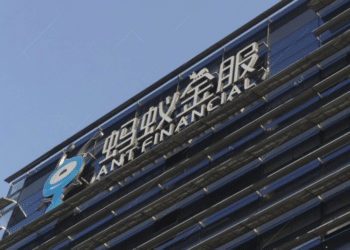Siacoin (SC) is a decentralized cloud storage platform that utilizes blockchain technology. It was founded in 2013 by David Vorick and Luke Champine, both of whom were computer science graduates from Rensselaer Polytechnic Institute. In this article, we will delve deeper into the history of Siacoin, from its inception to the present day. If you are planning to trade Bitcoin, you may consider visiting the (Official Platform) of the most recommended trading platform online.
Early Years: 2013-2015
David Vorick and Luke Champine began developing the Siacoin project in 2013, and the first alpha version was released in 2014. The team raised funds through a crowd sale in 2014, which allowed them to continue development and attract more team members.
In 2015, the first official version of the Siacoin client was launched, and the project gained more attention from the blockchain community. The team also launched the Sia Foundation, a non-profit organization dedicated to furthering the development of the Siacoin project.
Development and Innovation: 2016-2018
In 2016, Siacoin released the first version of its decentralized cloud storage platform. This allowed users to store their data on the network and rent out their unused hard drive space to other users in exchange for Siacoins.
The team continued to innovate in 2017 by launching a new protocol called “Fiat,” which made it possible to store data on the Sia network without requiring Siacoin as a medium of exchange. This made the platform more accessible to users who did not want to deal with cryptocurrency.
The team also worked on improving the platform’s user interface, making it more user-friendly and accessible to non-technical users.
Partnerships and Future Plans: 2019-Present
In 2019, Siacoin announced a partnership with Skynet Labs, a company focused on building decentralized applications on top of the Sia network. This partnership allowed developers to build and deploy their decentralized applications more easily on the Sia network.
The team also announced plans to improve the platform’s scalability and reduce storage costs, making it more competitive with centralized cloud storage providers.
In 2020, Siacoin launched version 1.4.0 of its platform, which included improvements to the storage protocol and better integration with Skynet Labs’ services. The team also announced plans to launch a new token called SiaStream, which would allow users to stream their data from the Sia network more efficiently.
Conclusion
Siacoin has come a long way since its inception in 2013. The project has continued to innovate and improve its platform, making it a viable alternative to centralized cloud storage providers. The team’s focus on user-friendliness and accessibility has also made the platform more accessible to non-technical users.
As the Siacoin project continues to evolve and grow, we can expect to see more partnerships, innovations, and improvements to the platform. It is an exciting time for Siacoin and the decentralized cloud storage industry as a whole.















